
After years of research and investigation into lightweight bolt and nut structures, a design was presented to the Patent Office at the beginning of 1396. After three months of scrutiny in the specialized structure department of the Center for Road, Housing, and Urban Studies, this innovation was registered as a new invention under the name DSF structure, and the Diako Space Structure company was established with registration in the Companies Registration Office.
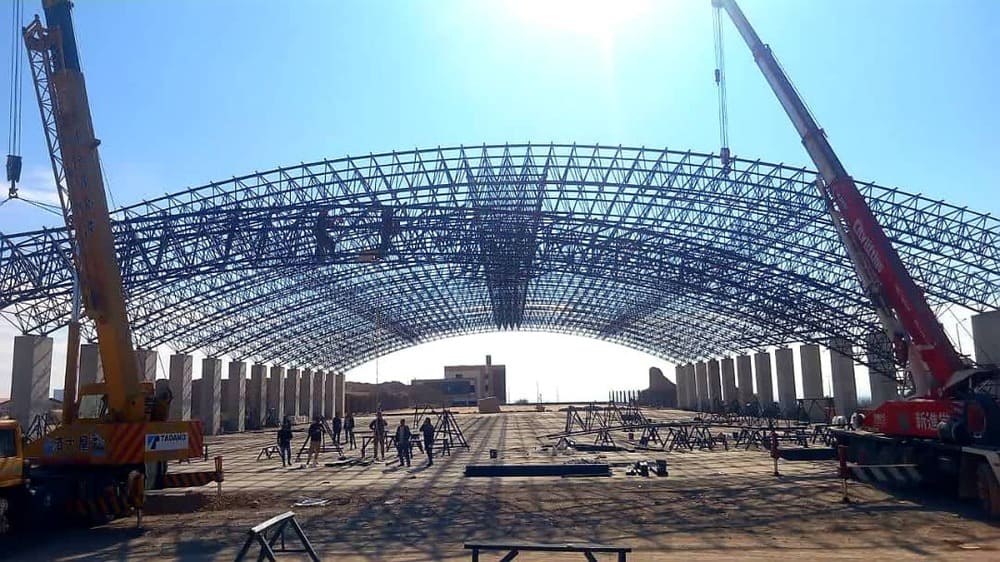
Registered with the Organization of Deeds and Properties in Iran as a new and innovative invention. Received approval from the specialized structure department of the National Building Research Center (examining compliance with engineering regulations, including sections 6 and 10, Regulation 2800 on earthquakes, and evaluating executive advantages compared to other types of steel structures).
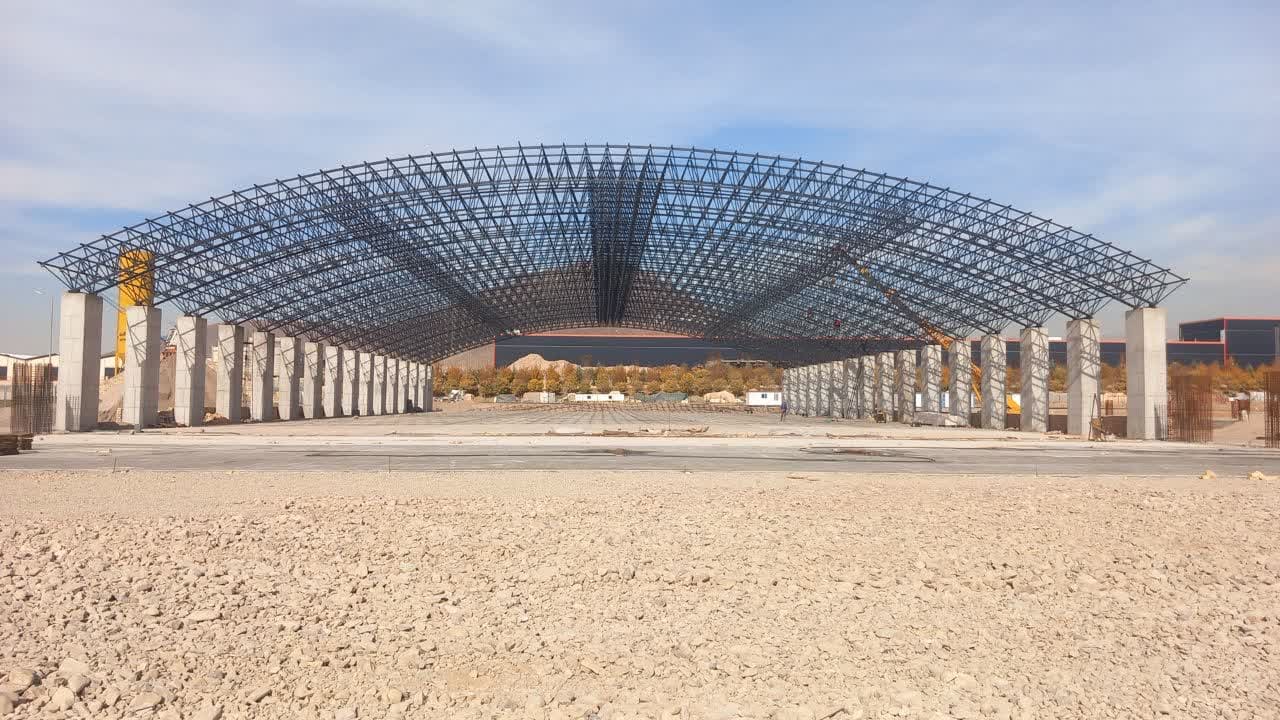
The closest method to DSF in past decades is known as the Harley system, which has been previously tested in large structures in Australia. The similarity lies in the alignment of longitudinal and transverse elements. The design and implementation of dozens of DSF structures have led to industrialization and the elimination of potential flaws in production, enhancing the execution capability of this structure, even in much larger spans.
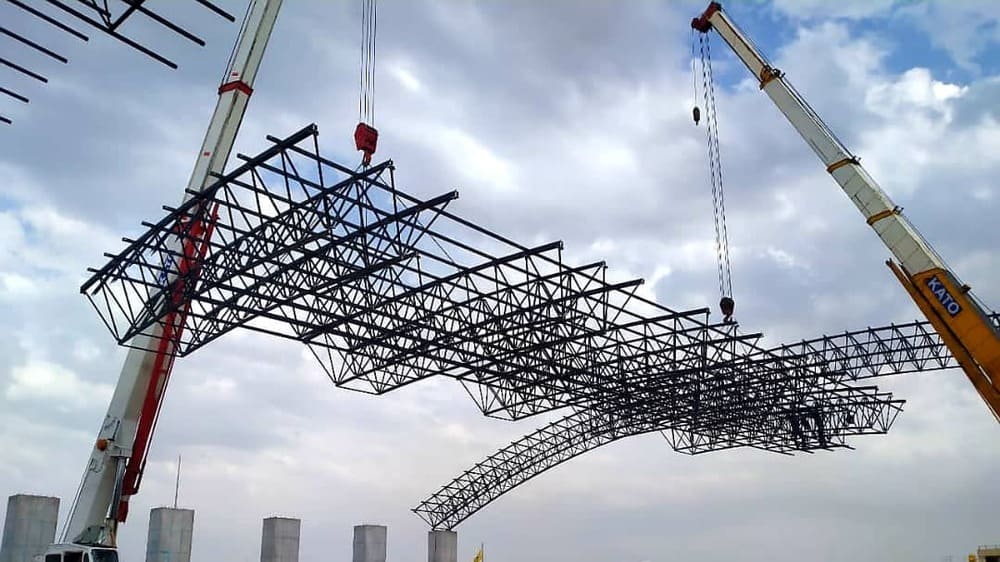
The reasonable price of this structure is a result of optimizing execution details and standardizing production methods, achieved by using unit molds for greater precision and industrial production.
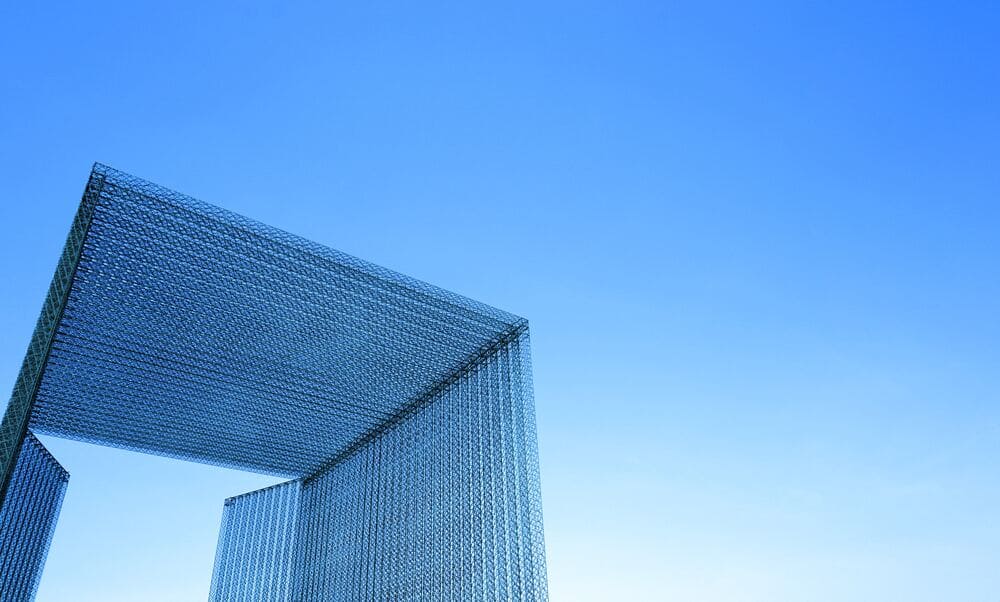
DSF is comprised of three parts: DIAKO SPACE FRAME, the result of several decades of innovative efforts by the engineers of Diako Structure Space. It was registered as an invention at the beginning of 1396. In this system, the reliance on welding is eliminated not only in the joints but also in the construction of elements as a whole. In this method, through the use of appropriate geometry and better selection of members, there is no need for additional layers to support the structure’s coverage
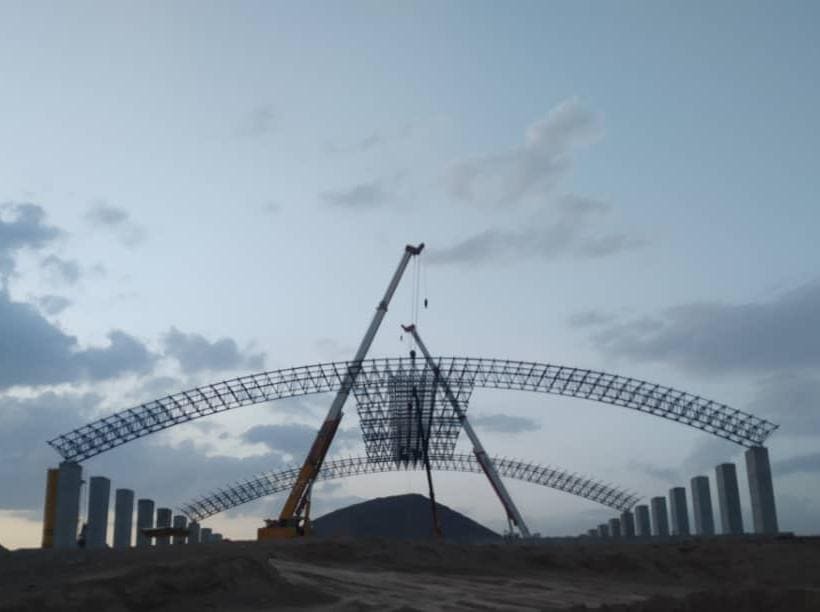
DSF spatial structures, during the past seven years, have evolved from the idea stage, involving the design and construction of molds and the establishment of production lines. It has transformed into a technology with an experience of designing and building over 45,000 square meters of structures (all of which have engineering organization approvals) to its credit up to the present day.